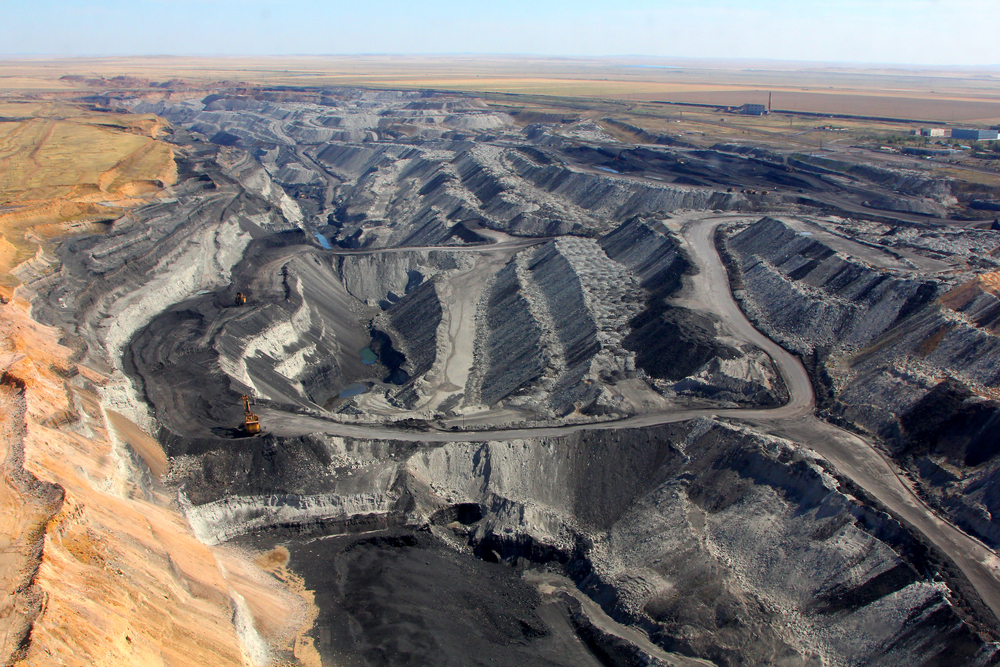In the final scene of How Green Was My Valley, a boy cradles the body of his dead father as the two are lifted out of a collapsed coal mine. Audiences wept as the Welsh lad mourned everything the coal industry had taken from him: his father, his innocence, his once beautiful hometown.
The film won the Oscar for Best Picture in 1941. Today, with its black-and-white scenery, old-fashioned score, and crude editing, it looks like a relic from a bygone era. Watching the film, we might imagine the exploitation blighting the South Wales coal town has been left in the distant past.
That kind of reverse nostalgia—pretending we’ve solved all our grandparents’ problems—is a major obstacle to continued progress.
Case in point: Recently, the Pennsylvania Department of Environmental Protection reported that mining in coal counties had damaged half of nearby streams and polluted groundwater. The report triggered this response from a local government official: “No one wants to see a repeat of non-responsible resource extraction as it happened in the late 1800s and early 1900s…. Companies today must not and cannot get away with what they did 100 years ago.”
In other words, let’s not go back to the days of How Green Was My Valley. Take a brief tour through the epidemiological literature, though, and you’ll see that the coal-town problem exists very much in the present.
In 2007, researchers at West Virginia University showed that emergency rooms in coal-mining towns had higher admission rates for chronic obstructive pulmonary disease (COPD) and hypertension, even after controlling for factors like income and obesity. The following year, the same team surveyed more than 16,000 people about their health status and found similar results. People living in major mining areas suffered elevated risks of heart and lung disease, with especially high rates of hypertension and COPD. The risks are apparently unrelated to whether the respondent had worked inside a coal mine, because women, who represent a small fraction of miners, suffered at the same rates as men. Last year, a study linked proximity to mountaintop coal mines to increased risk for the same diseases, plus cancer.
For most of the United States, life expectancy is skyrocketing. In some of the nation’s largest coal-producing counties, a 2011 study found, it’s barely creeping upward.

If the evidence were only coming from a single research group or a single state, it could be dismissed as a quirk or the effect of some other, undetected factor. But that’s not the case. A 1994 study on children exposed to high concentrations of coal dust arriving at docks in England showed elevated respiratory illness. A 2012 study in Spain found an increased risk of mortality from colorectal, lung, and bladder cancers, as well as leukemia, among people living near open-pit coal mines.
Things certainly aren’t as bad as they once were—I’d rather live in 2014 Appalachia than turn-of-the-20th-century Gilfach Goch, the Welsh town on which How Green Was My Valley was based. And there are a few studies that have found no or only minor health problems in communities near coal mines.
Those studies, however, are likely to be outliers. People living near coal mines take in dozens of chemicals that are known to be dangerous to human health. Coal mining increases the concentration of particulate matter in the air and releases carcinogens like arsenic and cadmium. It also pollutes groundwater. The studies describing negative health impacts are producing the results one would expect to see in these environments.

Environmental justice is often portrayed as a primarily African-American struggle. Port Arthur, Texas, the largely black community at the proposed terminus of the Keystone XL pipeline extension, has become the poster town for the racial inequity of environmental damage. But predominantly white coal-mining towns are another troubling example of how the environmental health prospects of poor American towns are simply written off.
The median household income of Hopkins County, Kentucky, one of the state’s biggest coal producers, is $40,891—23 percent below the national average. A 2011 study found that, even within the generally impoverished Appalachian region, extreme poverty is concentrated around mountaintop coal mines. It’s certainly no coincidence that wealthy people—save a few eccentric British aristocrats—choose not to live on the edge of open-pit mines.
Here’s a free idea for any Hollywood producers who happen to be reading this: It’s time to update How Green Was My Valley. Contact me if you need any research help.
This post originally appeared on Earthwire as “Coal Miner’s Slaughter” and is republished here under a Creative Commons license.



